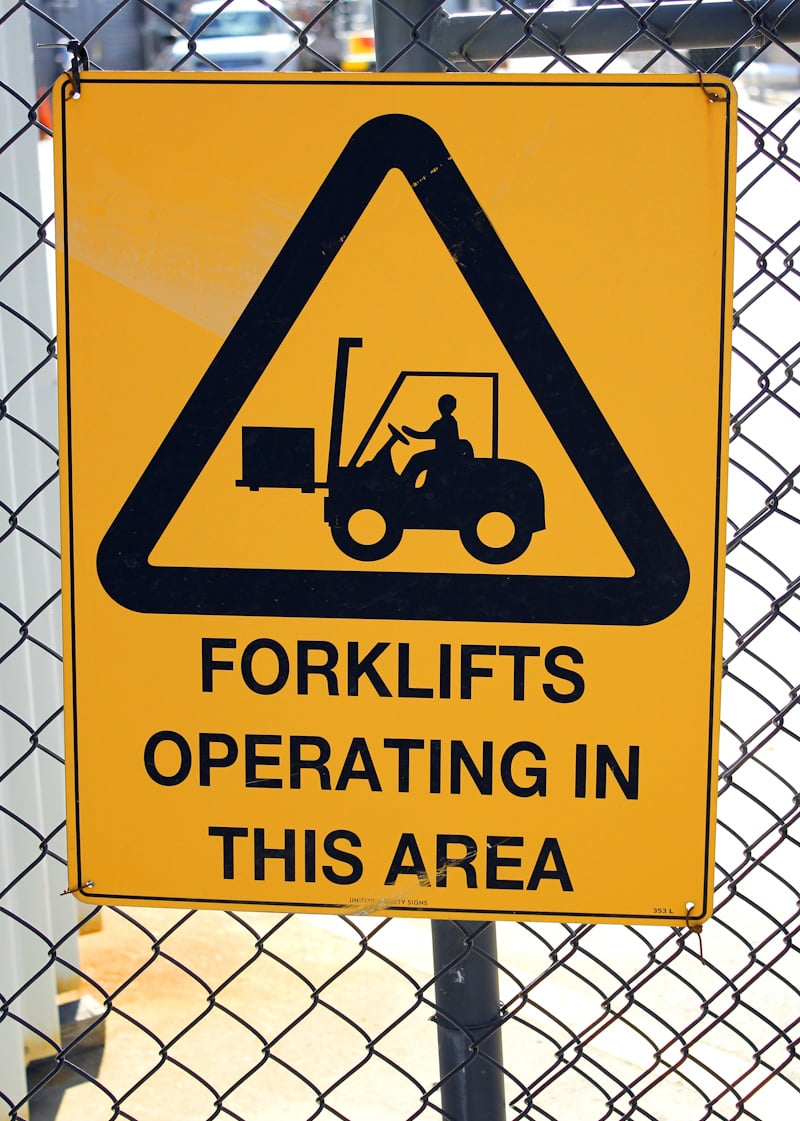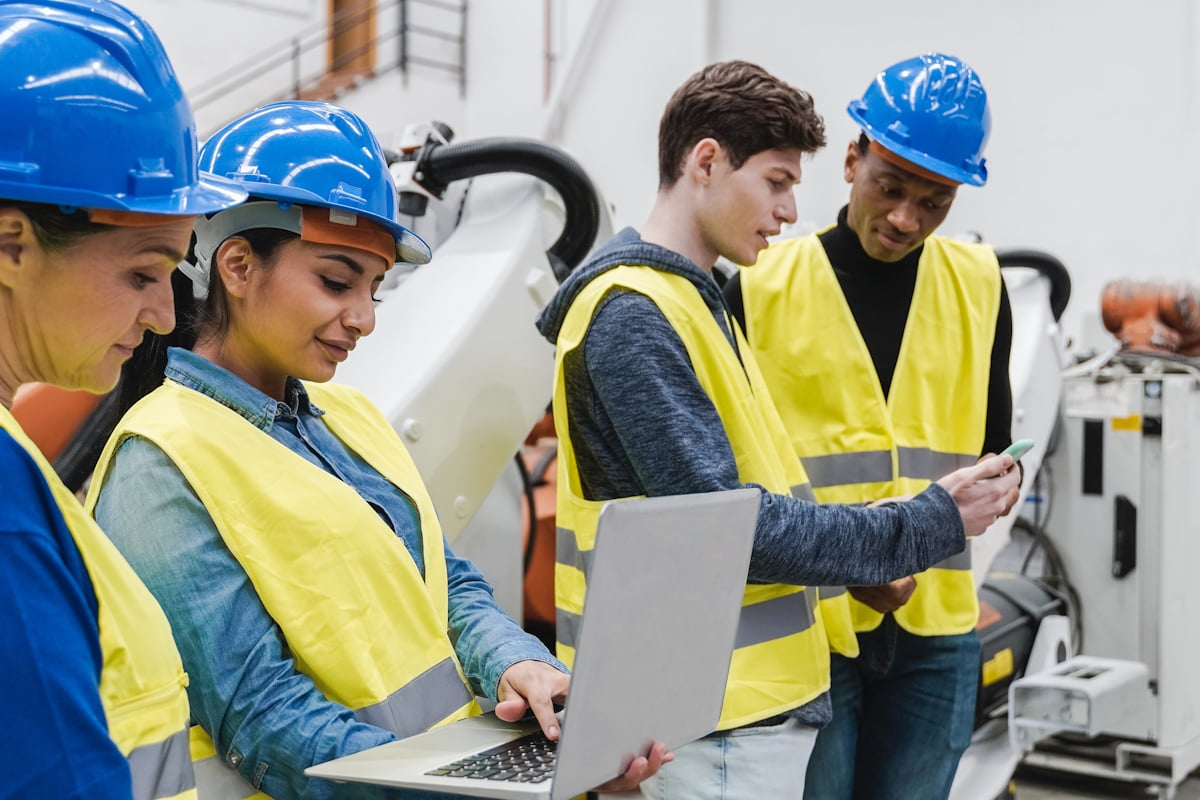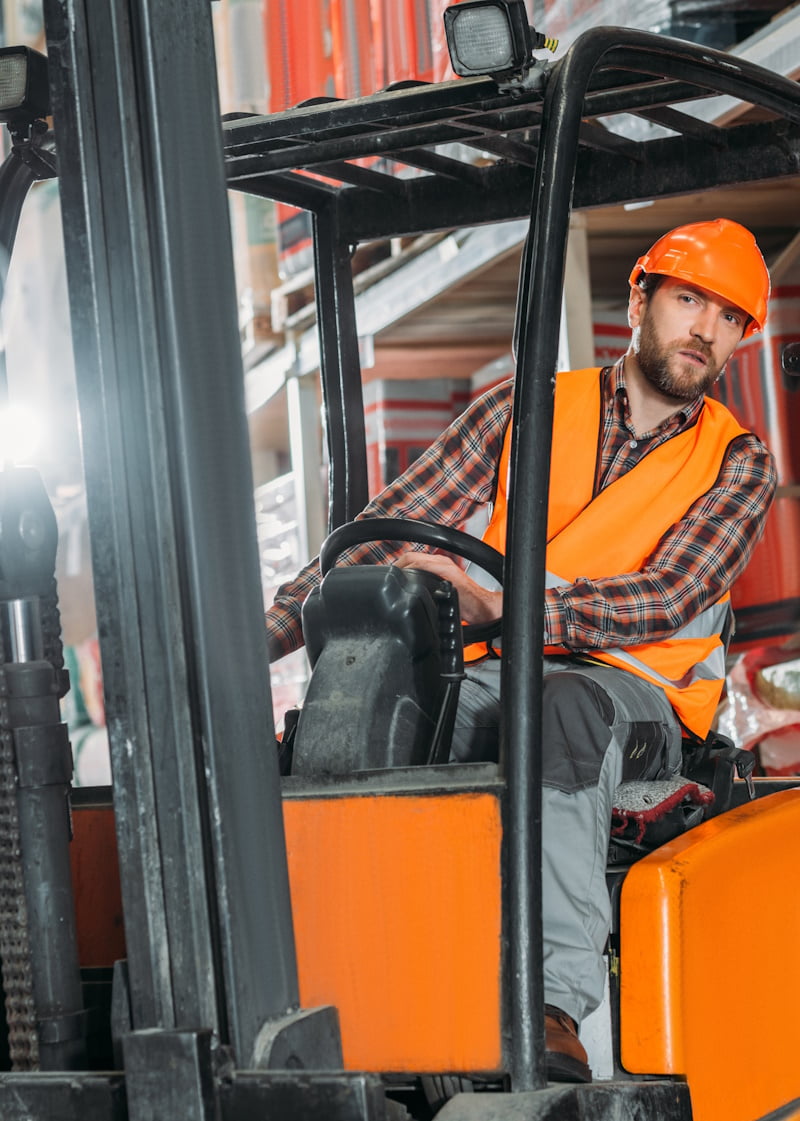Prevent forklift collisions with smart pedestrian detection technology.
Forklift Pedestrian Detection System
People – Equipment – Workflow
Request A Product Demo

Forklift pedestrian detection systems use sensors, alerts, and real-time tracking to reduce collisions and improve warehouse safety. This solution is ideal for safety officers, warehouse managers, and facility operators responsible for protecting employees in busy, high-traffic environments.
These systems help prevent accidents by detecting nearby pedestrians and alerting both drivers and workers. HCO Innovations offers full evaluation, installation, and configuration support for your facility. Key features include:
- Real-time pedestrian detection near forklifts
- Proximity alerts for drivers and pedestrians
- Visual and audio warning signals
- Custom zone configurations and range sensitivity
- Integration with existing safety systems
This is a proactive, tech-enabled way to meet safety standards and reduce injury risks.
Smart Forklift Pedestrian Detection for Safer Warehouses
Prevent Pedestrian Collisions
Automated Proximity Alerts
Custom Fit for Your Facility
Why Choose HCO Innovations for Forklift Pedestrian Detection?
HCO Innovations helps you implement safety technology that actually works in the real world. We evaluate your floor layout, traffic density, and work zones to design a system that minimizes risk and maximizes protection. From consultation to installation, our team ensures your detection system is accurate, responsive, and reliable.
- Expert facility assessment for tailored system placement
- Integration with your existing safety protocols
- Installation and calibration of proximity alert systems
- Training and support for staff and supervisors
- Ongoing evaluation to ensure system effectiveness
Protect your team with technology that enhances visibility, reaction time, and overall safety in every aisle of your warehouse.


